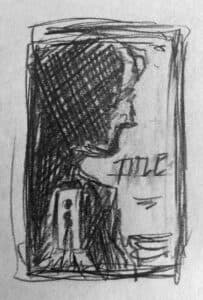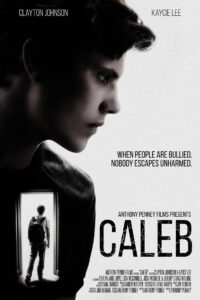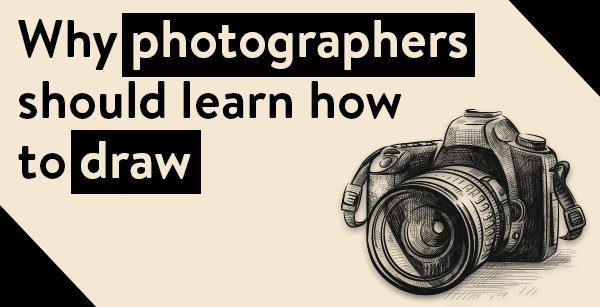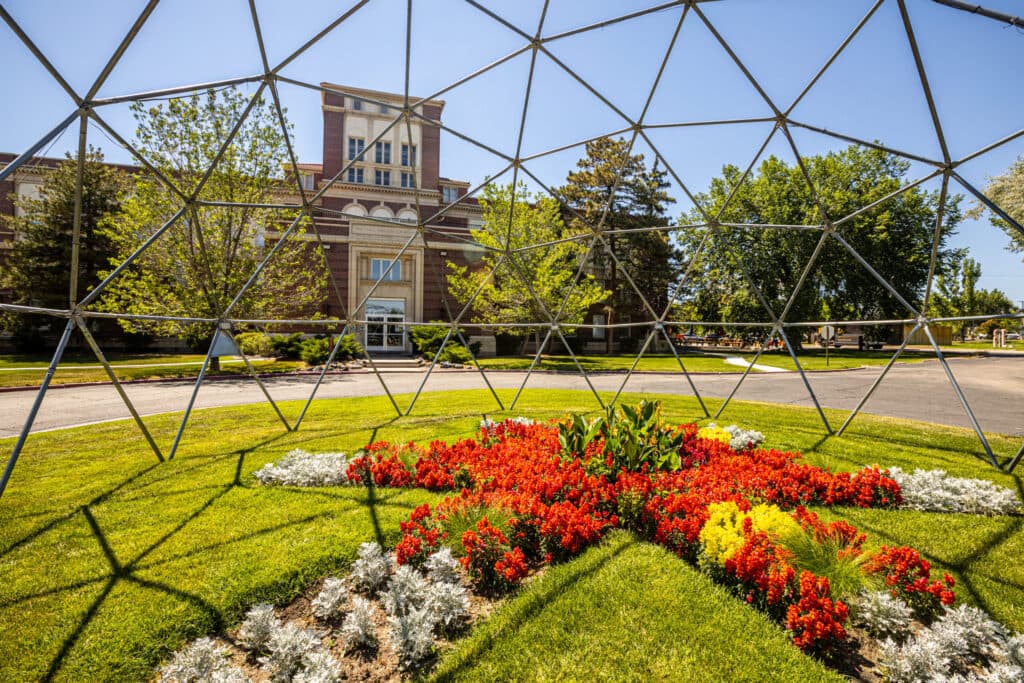Chair of Graphic Design and Photography, James Reiman has been in the RMCAD family since 2013 where he started as an adjunct professor. The Washington native has a very diverse background in both fine arts and commercial work, bringing a unique perspective to RMCAD. Reiman has done work in graphic design, video and illustration – he was even a professional caricature artist for several years.
One of the most commonly asked questions amongst freshman in various programs is “why do we have to learn how to draw?” Similar to why Liberal Arts are important, drawing provides the foundational elements needed to better understand what you’re looking at or trying to accomplish. We sat down with Reiman to discuss why he believes all photographers should learn how to draw.
Why do photographers need to know how to draw?
I believe drawing is an essential skill for individuals in all creative industries. This sounds cliché, but, drawing does teach you to see. It forces you to slow down, examine the form and observe the way light shapes and interacts with it. Drawing is a great way to train your eye in terms of composition and light. If you take the time to look at something and draw it you are training your brain to see how it fills the frame, and how light interacts with the shape it helps you see and appreciate it through the lens on location or when you are setting up lights in the studio. It will ultimately make you a better photographer in the long run. It also helps you strengthen your hand-eye coordination which is very helpful when retouching your photo-work. Lastly, it will help with communication in the commercial world. Being able to quickly thumbnail out a sketch for a composite or a sketch for a storyboard is incredibly useful at helping bridge the gap between creative and client. I have shot and designed movie posters for several filmmakers in the Tampa Bay indy film community before moving to Denver. Before I even considered pulling out a camera, I made several sketches with the director present. This helped me know exactly how I needed to light and shoot the actors for the final poster to make the compositing easy and intentional.


(Thumbnail sketch while discussing concept with director and final poster)
Another example that comes to mind is when I worked on a series of industrial videos for a law firm representing McDonald’s management liability. Before moving into production we (my former business partner and I) drew storyboards for each three-minute training video – these needed to show exactly what we were planning before they could approve us to move forward. One of these videos featured a moment where a manager was being confronted by an angry customer. The client had established what they wanted in terms of the age, gender, and race of the manager and worker characters early on, but they did not provide this info on what they wanted for the customer. When they saw the storyboards they realized that they needed a different type of person than the one initially drawn. We immediately corrected the storyboards and created new casting requirements for that actor. That one storyboard sketch potentially saved us a lot of time and money. I also think it is fun to sit down and draw. It’s a fun way to relax and let loose and relax. I love drawing with my daughters.
What’s your advice for first-year photography students who will be taking drawing classes?
I think a lot of early photo majors go into a drawing class with the attitude that they “can’t draw” or don’t feel like there is a connection to photography. My advice is to go with an open mind and concentrate on the observational aspect of it. Yes, the draftsmanship part is important too, but don’t be discouraged if that part doesn’t come right away. Like all skills, drawing is reinforced by practice. Practice, make mistakes, and always consider how drawing could benefit you in the future rather than focusing on perceived negatives and closing the door.
What other skills should photographers learn and why are they important?
We are at a point where photographers need to know how to work with video and have some sense of how to use basic graphic design software and principles for their marketing purposes.
What three things would you tell someone who wants to get into photography?
- It takes more than a nice camera to be a photographer. Show up, do the work, and ask questions.
- Embrace criticism. Evaluate what is honest and useful and apply it.
- Be courageous! Allow your camera to guide you on to new adventures.
Why are Liberal Arts classes essential to a Photography degree?
The liberal arts classes are incredibly important as they provide historical context and inspiration. Many photographers are influenced by history, literature, and science. I know in my work I often think of poses from art historical references while working with my subjects. The Liberal Arts also provide the skills needed to write about your work which is something photographers find themselves doing throughout their careers. The importance of these classes should not be overlooked.
Note: Some of the questions in this interview have been edited for clarity and brevity.

